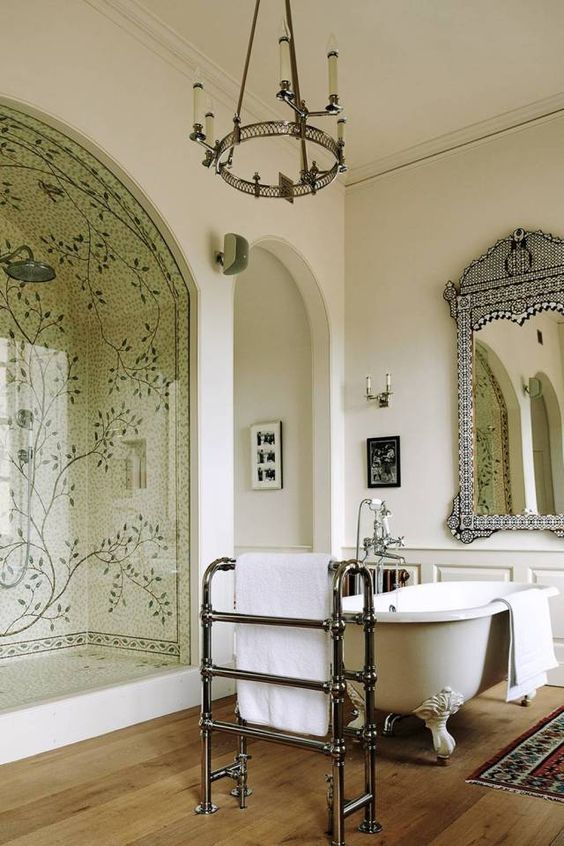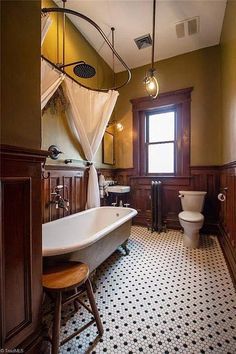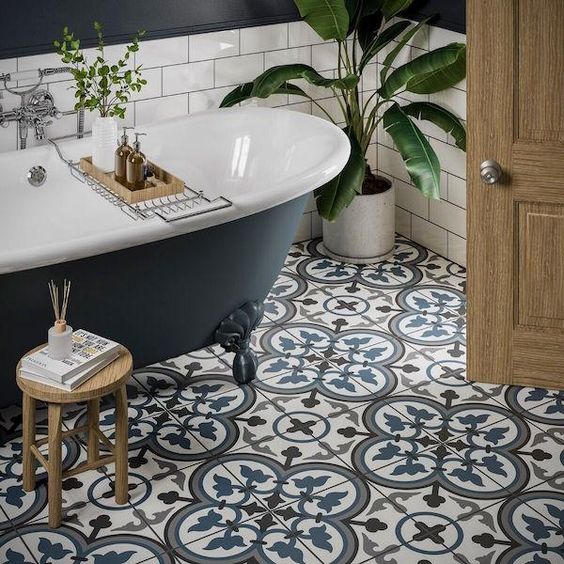Okikiko.com – Victoria bathroom faucets have become synonymous with quality and beauty. In America alone, Victorian bathrooms, in particular, were very ornate, fancy rooms. But, even when it is easy to see the beauty of Victorian Bathrooms, its origins still lead many people to question their authenticity. Many people assume that because Victorian bathrooms had such lavish furnishings, they must have been extremely expensive. In truth, the cost was comparable to the average bathtub of the day.
Luxurious Victorian Bathroom
Of course, many people assume that the Victorian era was full of wealthy people who used expensive paint and expensive glazing. This was not true at all. It was a time of great social affluence and anyone could afford a decent Victorian bathroom. However, the extravagance of the times did influence the look of the Victorian bathroom. The emphasis on comfort translates well today to our modern day Victorian home and even into homes which aren’t the most extravagant Victorian.

As with many other things of the day and period, changes were made over the course of the century to the Victorian bathroom and some aspects from the period remain even today. One of those changes is the wide variety of colours and glazing used to design the victorian space. At the start of the 20th century, most Victorian bathrooms had a more traditional colour scheme. Red was the predominant colour but by the end of the century, other colours like lavender, green, blue and yellow were also used.
Multiple Functions Perfect Bathroom Design
In addition to a wide variety of colours, the Victorian bathroom also had a more complex layout than the typical American bathroom of today. The floor plan was typically a two bathroom size, with a large showering area in the main room, and additional smaller rooms in the attached second rooms. In the main room, you would have the vanity, sink, toilet, bath and shower. Many of the houses in the Victorian era had central heating and a separate water supply, which allowed for much more functionality in the design of the bathroom.

As well as a wide variety of colours and fixtures, the Victorian bathroom of today features a combination of different types of bathtub and fixtures. Bathtubs in the Victorian era were designed in a more tub-like manner. The doors to the tub would open in a vertical fashion, whereas the design on the inside of the door would be hinged at the top to allow for the easy opening of the tub. There were also a number of different maps to choose from. These were either hand held or attached to the wall, with both styles having their own unique design. One thing that was consistent though was that all fixtures were fitted with large inset spouts.
Victorian Bathroom Claw Feet Fixtures
The claw foot tub is perhaps the most common fixture in a Victorian bathroom design. Claw foot tubs feature a raised platform at the bottom of the tub, whereas in modern times they are often available in a raised shower area as well. In a Victorian bathroom design, the floor around the tub was generally marble tiles, with perhaps some patterned wallpaper to give the impression that the floor was covered in pebbles. Many people like to add chrome fittings to their claw-foot tub to create a more streamlined appearance. In fact, the popularity of the Victorian style tub may owe itself to the simplicity of its design.
One of the most striking features of a Victorian bathroom are the large number of pedestal sinks that were characteristic of this time. Typically, these pedestal sinks would be made of porcelain, as were most of the items found in this era. In addition to porcelain, the common materials used for pedestal sinks included granite, marble, and copper. As you can see, there is a lot to decide when choosing the style of your pedestal sink, but keep in mind that the more ornate the fixture, the more expensive it will be.

One of the most popular components of Victorian bathrooms are the floors, as these floors were typically either plaster or natural stone, with either a pattern or just plain painted color schemes. Often, these floors were tile-based, but more frequently they were made from hardwood, which was quite durable against water. If you are trying to recreate the charm of a bygone era, you can achieve it quite easily by going with cast-iron claw feet, marble tile, and natural stone flooring.


